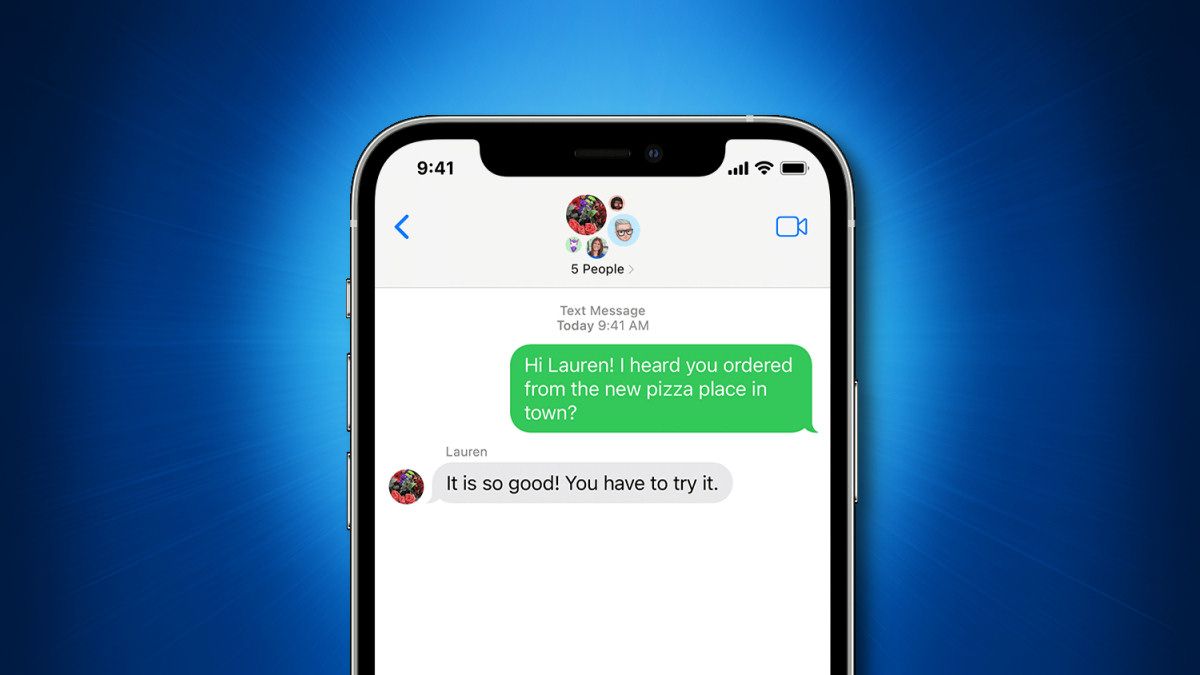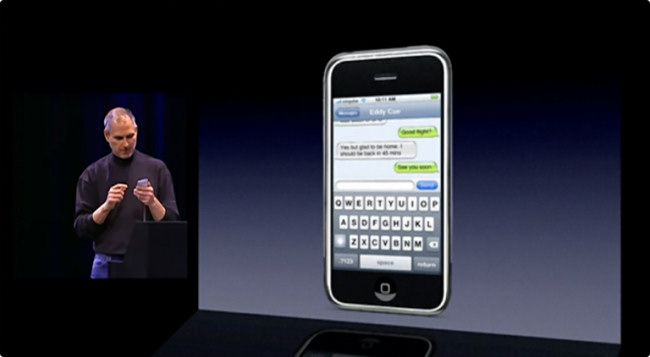Every year we see new articles grumbling about green chat bubbles in Messages for iPhone. Many treat the bubbles as a way to label Android owners as outcasts, but the truth is much more mundane. We'll clear things up by taking a brief look at the history behind the green labeling for SMS text messages.
Green Came First
A January 2022 article in the Wall Street Journal made the common mistake of thinking that, at some point, Apple decided to purposely label text messages from Android users with green bubbles (instead of blue) to promote a sense of group exclusivity for iMessage users. While the difference in text message color bubbles may have a social effect today, the green/blue divide didn't originate this way.
When the iPhone launched in 2007, it included a Messages app that could send and receive industry-standard SMS text messages. SMS is a messaging standard run by mobile carriers that transmits through the global cell phone network, not the internet. Back when the Messages app could only send SMS messages, all of the chat bubbles were green. Green bubbles came first. All iPhone owners using the Messages were locked in green bubbles between 2007 and 2011.
When Apple introduced iMessage in 2011 as a feature-rich, encrypted alternative to SMS text messaging for Apple devices, Apple decided to provide a visually obvious indicator if you were taking part in an iMessage conversation: they colored the chat bubbles blue instead of green. Messages from SMS users---whether they be on Android or any other cell phone platform---stayed green like they always had been.
So if you're using Messages on an iPhone and you see green word bubbles, you know immediately that iMessage features won't work in that conversation, and that the conversation isn't end-to-end encrypted (all SMS messages are subject to interception and storage by cell phone carriers). Green bubbles weren't designed to punish anyone---at least not originally.
The Green Stigma Remains---Is There a Way Out?
Even though we've now seen that green was the default for SMS texts in the Messages app, we can't discount that there might be some social stigma related to green bubbles in some texting situations. As long as Apple supports SMS, it does make technical sense to let people know that they're participating in an SMS conversation instead of one using iMessages.
Could Apple make all messages blue? Maybe, but there would still need to be some other indicator in Messages showing that you're using SMS, and that likely won't remove the existing social stigma involved.
In some ways, color is beyond the point. Instead, some are pushing for better interoperability between iPhone and Android. Google SVP Hiroshi Lockheimer suggested on Twitter that Apple should introduce support for the improved RCS texting standard in its Messages app just like it supports SMS now (Apple owners could still use iMessage as well). Doing so would bring a better cross-platform texting experience to both iPhone and Android owners, including the ability to leave group chats.
Still, even if Messages supported RCS, it would likely show them in a different color than the blue used for iMessage---maybe even still green. Unless Apple, Google, and others agree to an industry-standard texting service that features end-to-end encryption and makes every party happy, we'll probably still be talking about blue and green bubbles for some time to come.


